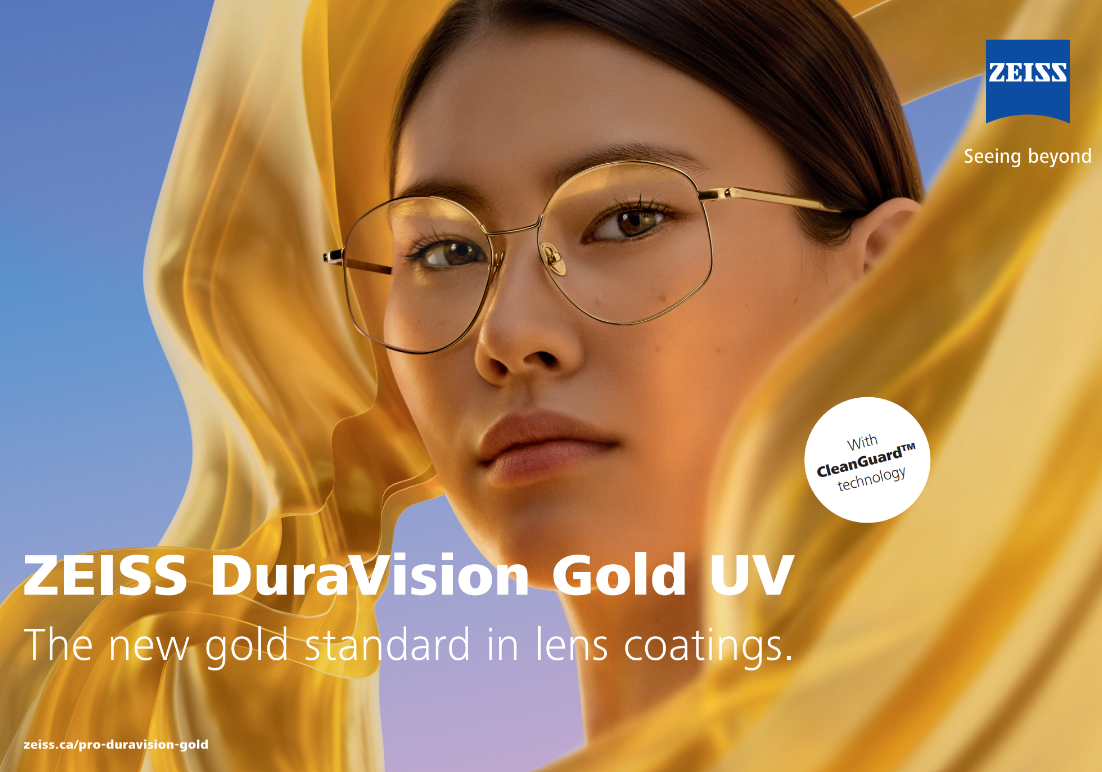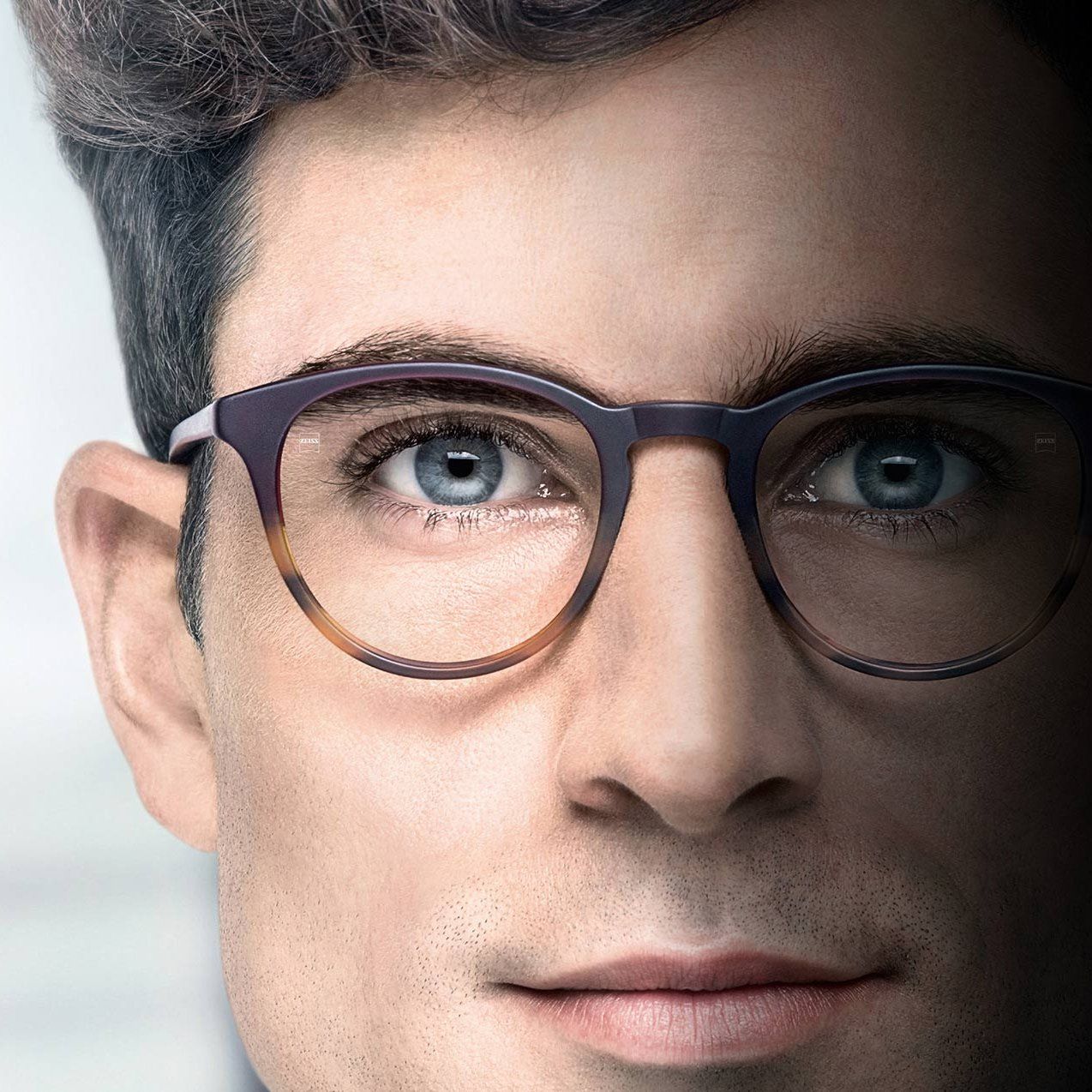SINGLE VISION… BIFOCAL… PROGRESSIVE… WHAT IS THE DIFFERENCE?
Single Vision lenses have one prescription all throughout the lens. The lens corrects for either hyperopia (farsightedness) or myopia (nearsightedness). People can get single vision glasses made to be used for reading as well. The limit to having Single Vision lenses is that they can only correct for one vision need.
As people age, the lens inside their eye starts to lose elasticity, which makes it harder to focus and accommodate up close. This process is called presbyopia, and people with presbyopia often need to have more than one prescription in their glasses to help correct their vision at different distances. Some lens options to help are Bifocals or Progressives.
Bifocal lenses have two prescriptions within the lens. The top portion is dedicated to correcting for far away while the bottom portion helps with up close. The two different sections are visibly separated by a horizonal line. Bifocal lenses are made by fusing two single vision lenses together. This creates a wider field of view because there is no distortion (peripheral blur).
Progressive lenses correct for all distances. The top portion corrects for far away, the middle portion for intermediate and the bottom portion for reading. These lenses do not have any lines and have a smooth transition between the different powers in the lens. This design is great for people who want to wear their glasses all the time. The downside to this lens design is the peripheral distortion (side blurriness) people may get in the lens. This distortion is caused by the way lens manufacturers must bend the lens to go from the power in the top to the reading power at the bottom. There is not edge to edge clarity like in a bifocal, but people have the added benefits of a better aesthetic and having all the prescriptions they need in one lens to see at all distances.
-Kyanna Mochar – Licensed Optician












